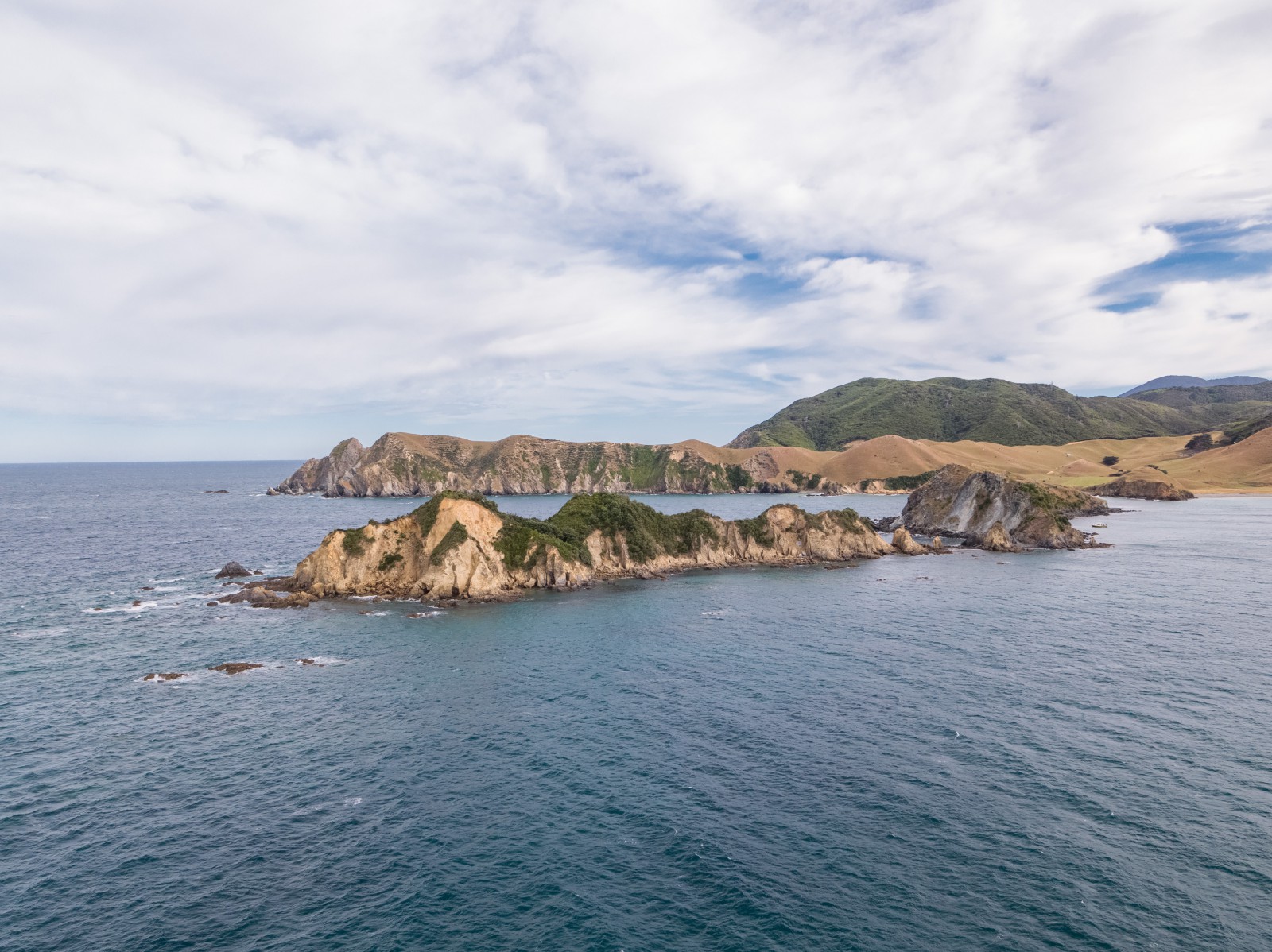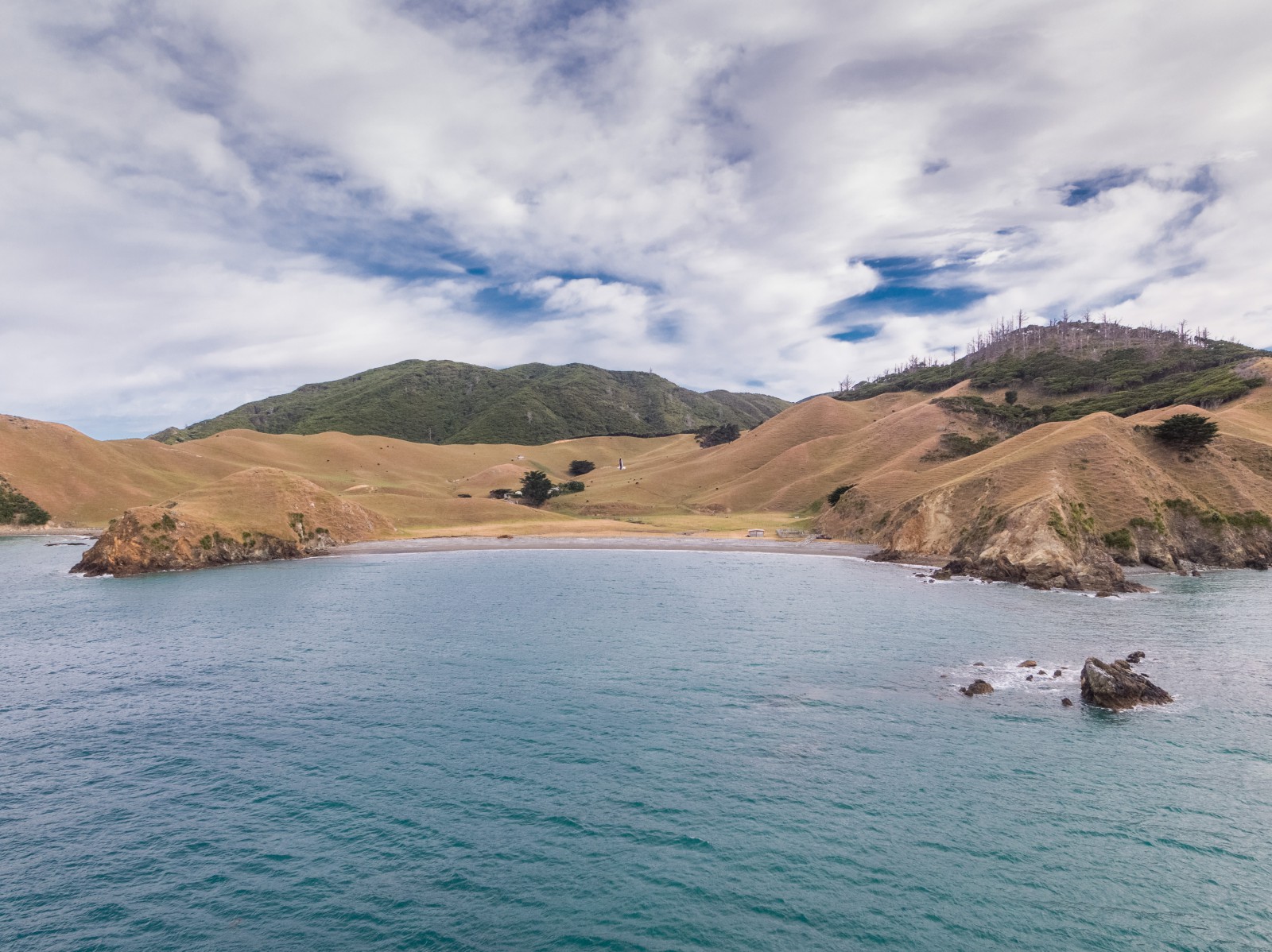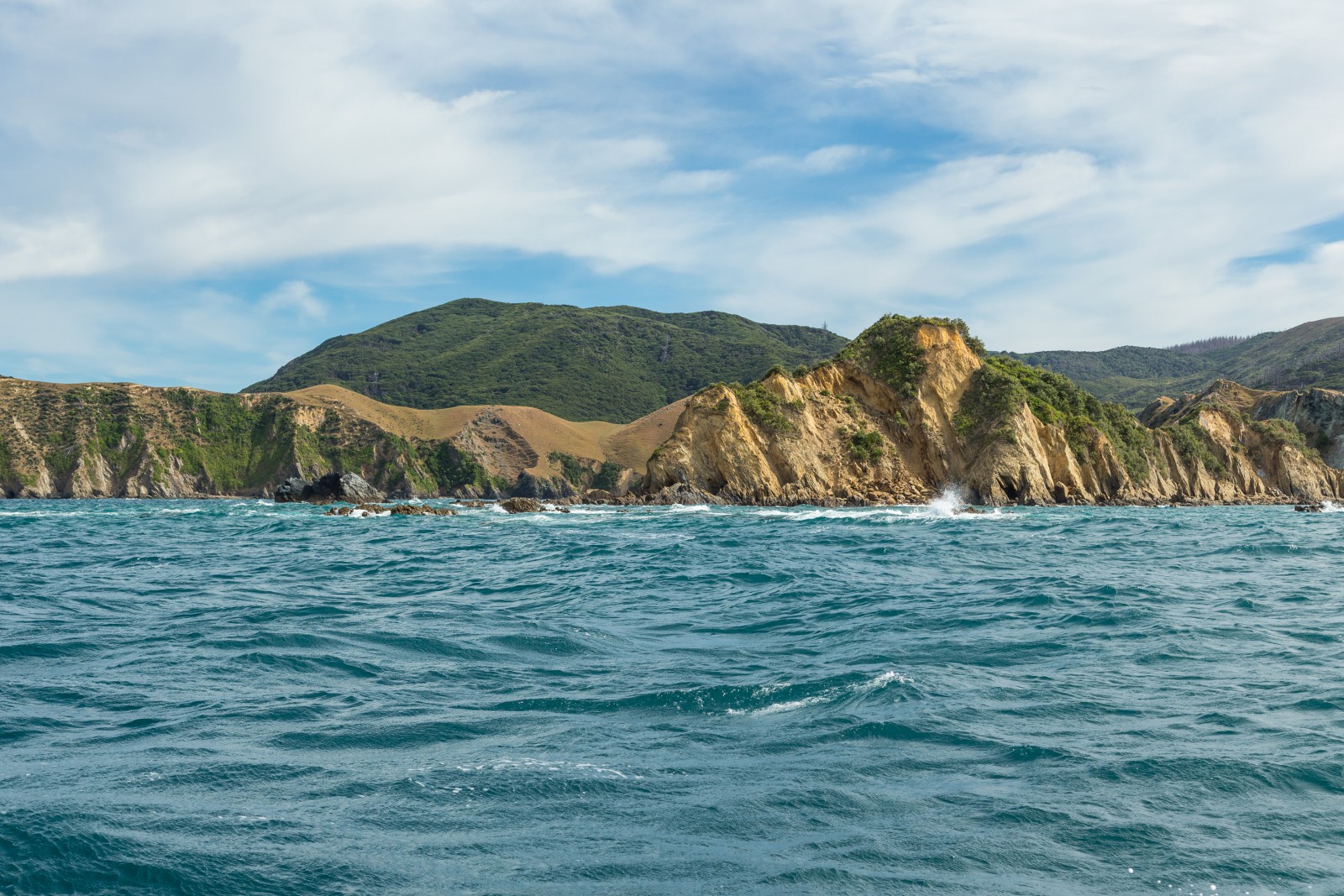Le Brun Island was named in memory of Prequile Le Brun who served on the Astrolabe, commanded by Admiral Jules Dumont d’Urville in 1827. The Astrolabe was a French Naval exploration ship and the first European vessel to navigate the Te Aumiti / French Pass.1
Prior to December 2010, Le Brun Island was known as Le Brun Peninsula. At low tide, the island is connected to its neighbouring island, Hautai, by a piece of exposed sea bed.2
Hautai means sea wind. This island is a burial ground and is considered to be tapu or sacred by Ngāti Koata. The island shows evidence of significant earthworks in the form of eight large terraces. These may have been for defensive purposes.3
Ohana Bay is shares its name with the settlement, Ohana that is located slightly inland from the coast. The name is probably a misspelling of the word Ohanga, which means a nest of birds. It is also referred to as Ohaua Bay.4
Admiral Dumont d’Urville recorded a settlement at Ohana in 1827 and for most of the nineteenth century it was a township of several hundred people.5
The settlement included a fortified terraced pa, one of very few such constructions in the South Island. The pa looked southwards, out towards Hautai Island and consisted of five terraces encircling a central strong-hold area. The bay is also the site of an ancient pakohe (argillite) quarry and flaking floor, where rough stone was shaped into tools and weapons.6
1. “Notice of Final Determinations to Assign or Alter Geographic Names”, New Zealand Gazette 16 December 2010, 173 (2010), accessed June 19, 2018, https://gazette.govt.nz/notice/id/2010-ln9569 .
2. Olive Baldwin, Story of New Zealand’s French Pass and d’Urville Island (Plimmerton: Fields Publishing House, 1979) 135.
3. I. W. Keys, “The Cultural Succession and Ethnographic Features of D'Urville Island”, The Journal of the Polynesian Society, 69 (1960), accessed April 24, 2018, http://www.jps.auckland.ac.nz/document/?wid=3081 .
4. Baldwin, French Pass and d’Urville Island, 134.
5. Anthony Pātete, “D’Urville Island (Rangitoto Ki Te Tonga) in the Northern South Island: a Report Commissioned for the Waitangi Tribunal for the Claims in the Northern South Island (Wai 102)”, (1997), Ngati Koata, 59, accessed June 5, 2018, http://ngatikoata.com/wp-content/uploads/2017/03/Patete-Report-on-Rangitoto-searchable-by-word.pdf .
6. Keys, “Features of D'Urville Island”, accessed April 24, 2018, http://www.jps.auckland.ac.nz/document/?wid=3081 .









